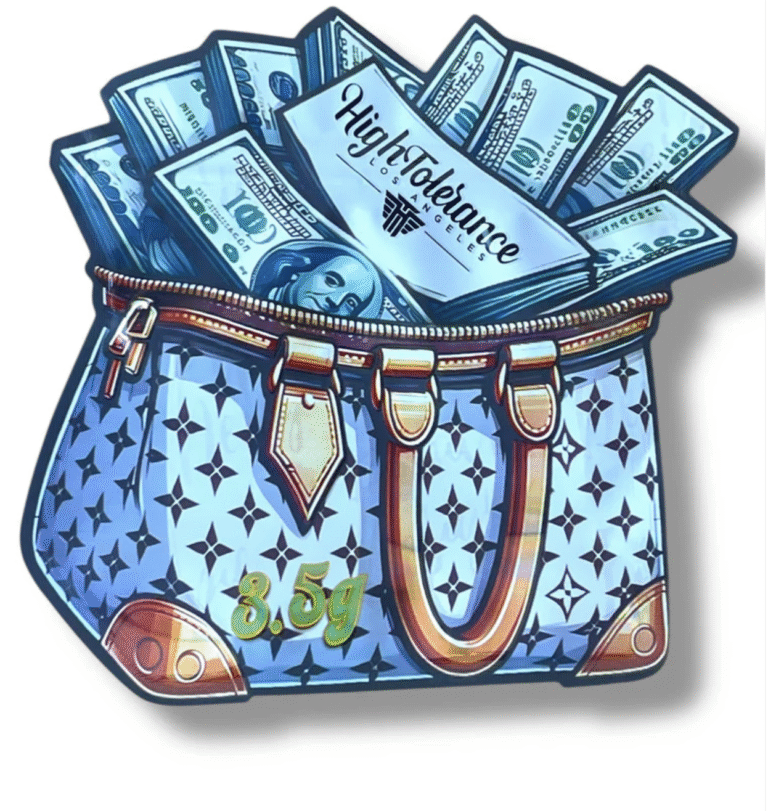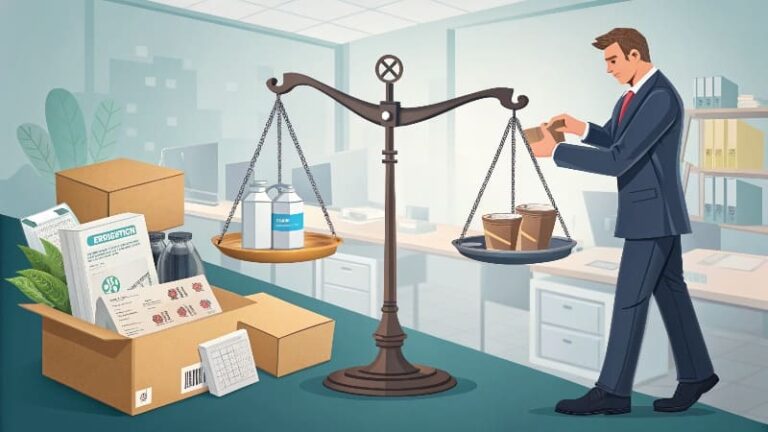You've got a fantastic product but are stunned by the high cost of custom packaging. This unexpected expense threatens your profit margins, making you question the entire investment. But understanding the costs is the first step to controlling them.
The main reasons custom packaging is expensive are the one-time setup costs for tooling and printing plates, the higher price of premium materials and finishes, and lower order quantities that don't benefit from economies of scale. Every custom element, from size to color, adds to the final unit price.
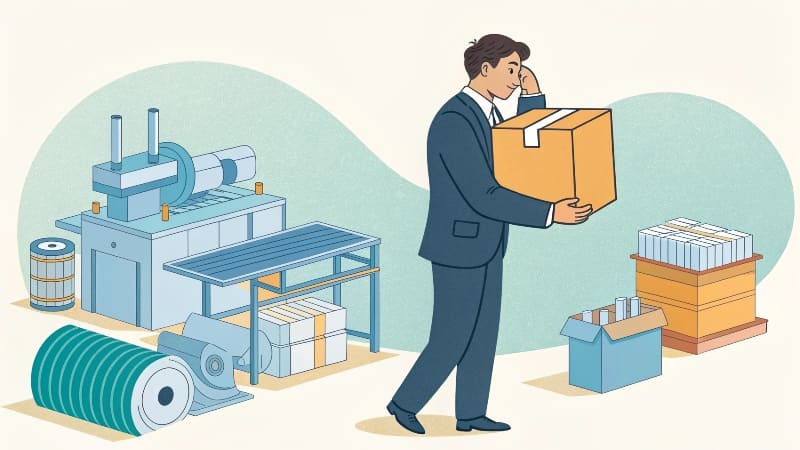
But calling it "expensive" is only part of the story. The price is a reflection of the value and customization you receive. To really understand what you're paying for, we need to break down the costs piece by piece. When you see where your money goes, you can make smarter decisions to get beautiful packaging that fits your budget. Let's dig into the specific numbers and factors that determine your final cost.
How much does custom packaging really cost?
You need to set a budget, but getting a straight answer on packaging costs feels impossible. Without a clear price range, planning your finances or product pricing is just guesswork. Let's break down the tangible costs you can expect.
Custom packaging costs can range from $1 to over $15 per unit, depending heavily on quantity, materials, and printing. You also have initial one-time setup fees, like die-cutting tools and printing plates, which can cost anywhere from a few hundred to several thousand dollars.
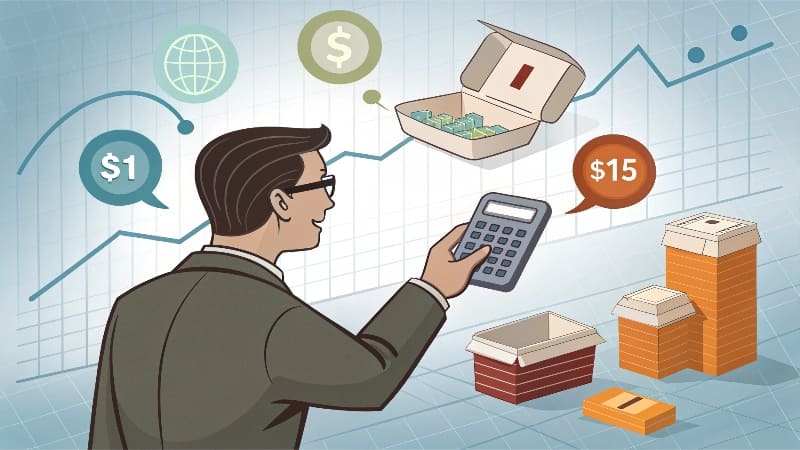
When I first started my trading company, many clients were shocked by the initial tooling1 invoice. It’s important to see these as a one-time investment. Once the tools are made, they can be used for thousands of boxes, making your per-unit cost much lower over time. The total cost is a combination of these setup fees and the price for each box.
One-Time Setup Costs
These are upfront fees required to create the unique tools for your specific box. This includes the die-cut mold that cuts and creases the cardboard into your box shape, and the printing plates that transfer your design onto the material. A simple mailer box die might cost $200, while a complex rigid box with inserts could be over $1,000.
Per-Unit Costs
This is the price for each individual box. It's determined by the materials used (paper thickness, coatings), the printing process (number of colors, special finishes like foil), and the labor needed for assembly.
| Cost Component | Low Complexity (Mailer Box) | High Complexity (Rigid Box) |
|---|---|---|
| Tooling (Die-Cut) | $150 - $400 | $500 - $1,500+ |
| Printing Plates | $50 - $200 per color | $100 - $400 per color |
| Unit Price (1k qty) | $1.50 - $3.00 | $4.00 - $12.00+ |
What factors have the biggest impact on packaging costs?
You're trying to lower your packaging costs but don't know where to start. Making the wrong change could save a few cents but ruin your brand's premium feel. Let's focus on the four elements that will give you the most control over your budget.
The single biggest factor influencing your packaging price is quantity. After that, your choice of materials, the complexity of your printing, and the structural design of the box are the most significant cost drivers. Adjusting any of these four areas can dramatically change your final cost.

I’ve seen clients cut their unit price in half just by adjusting one of these factors. For example, a client doubled their order from 1,000 to 2,000 units. Since the setup cost was already paid, their per-unit price dropped significantly. It's all about finding the right balance for your brand and budget.
The Power of Quantity (MOQ)
This is about economies of scale. The setup process costs the same whether you make 500 boxes or 5,000. With a larger order, that setup cost gets spread across more units, making each one cheaper. Most suppliers have a Minimum Order Quantity (MOQ) because small runs are not profitable for them.
Material, Printing, and Structure
Your choices here directly impact the unit price. A thick, laminated rigid box will always cost more than a simple, thin corrugated mailer. Likewise, a six-color print with gold foil and embossing is far more expensive than a simple one-color logo.
| Factor | How it Increases Cost | How to Reduce Cost |
|---|---|---|
| Quantity | Low order volumes (under 1,000) | Order in larger quantities to lower the per-unit price |
| Material | Thick stock, rigid board, coatings | Choose standard, lighter-weight materials |
| Printing | More colors, foil stamping, embossing | Use fewer colors and simpler printing methods |
| Structure | Complex folds, inserts, windows | Simplify the box design to a standard style |
How much should you budget for packaging design?
You need a professional design but have no idea what a fair price is. You worry about overpaying for a simple job or, worse, underpaying and getting a poor result that hurts your brand. I'll give you clear price ranges so you know what to expect.
Packaging design costs can run from under $100 for simple template work to over $5,000 for a comprehensive project with a design agency. For a good freelance designer creating a custom box, you should expect to budget between $500 and $2,500.
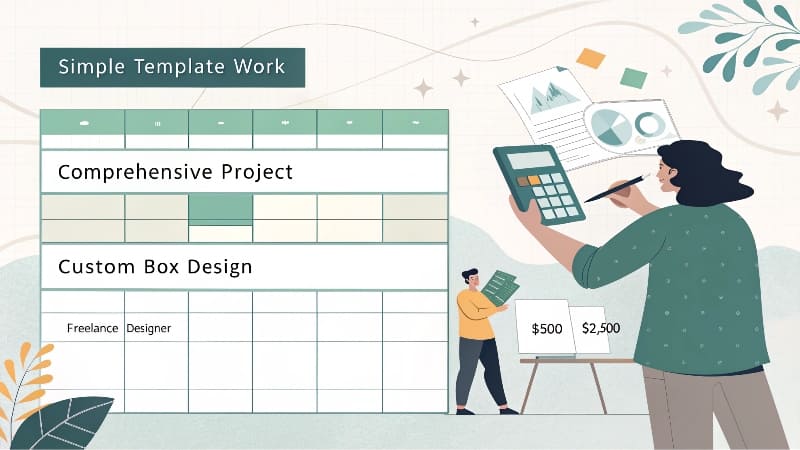
It's crucial to understand what you're paying for. A great packaging designer isn't just making something pretty; they are creating the structural dieline (the blueprint for the factory) and ensuring the graphics align perfectly with every fold and cut. This requires a skill set that combines graphic artistry with technical, 3D thinking. It's a specialized skill, and the price reflects that expertise.
Dieline vs. Graphic Design
Sometimes these are separate services. A factory might create the dieline for you, and you just need a designer to apply the artwork. Other times, a designer creates both. A product designer like Jacky, my ideal user, understands both are needed for a successful project. Be sure you know what is included in your design quote.
Freelancer vs. Agency
Your choice here depends on your budget and needs. A freelancer is often perfect for startups and small businesses needing a single, high-quality design. An agency costs more but offers a full team, market research, and a comprehensive brand strategy, which is better for established companies launching a major product line.
| Designer Type | Typical Cost Range (per project) | Best For |
|---|---|---|
| DIY / Template | $0 - $100 | Very tight budgets, simple and quick needs |
| Freelancer | $500 - $2,500 | Startups and SMBs needing custom work |
| Agency | $5,000 - $20,000+ | Established brands launching major products |
How can you save money on packaging without it looking cheap?
You need to cut packaging costs, but you're afraid any changes will make your product look cheap. Sacrificing your brand's premium feel to save a few dollars feels like a losing trade.
You can reduce costs by simplifying your structural design, using fewer ink colors, optimizing box dimensions to minimize waste, and choosing standard materials. These choices cut expenses while maintaining a high-quality look, protecting your brand image.

Saving money doesn't mean you have to settle for less. In fact, some of the most elegant and modern designs I've seen are also the most cost-effective. A client of mine, a designer much like Jacky, was using a very complex multi-part box. We looked at his brand and realized a simpler mailer box with a clean, one-color print on kraft paper looked more modern and "eco-chic." The change saved him almost 40% and actually elevated his brand perception. It's about being strategic.
Where to Find Savings
Focus on making smart swaps that have a big financial impact but a minimal negative impact on your customer's experience. Often, simplicity reads as confidence.
| High-Cost Choice | Smart Savings Alternative | Why It Works |
|---|---|---|
| Full 4-Color (CMYK) Print | 1 or 2 Pantone Color Print | Fewer printing plates and less setup time reduces cost. |
| Custom Box Size/Shape | Standard Mailer or Folding Carton Style | Uses existing, common tooling, saving on die-cut fees. |
| Lamination or Gloss Finish | High-quality uncoated paper stock (like kraft or white) | Eliminates an entire production step and material cost. |
| Multiple Custom Inserts | A single, well-designed insert or even branded tissue paper. | Reduces tooling complexity and material usage. |
You've budgeted for the boxes and design, but surprise bills for shipping and storage are destroying your profit. This financial whiplash is stressful and makes planning your product's pricing impossible.
Yes, significant hidden costs include freight shipping from the factory, warehousing fees for your box inventory, and fulfillment labor for packing orders. Factoring these into your budget from the start is crucial for avoiding surprise expenses and protecting your margins.

Your cost per box is not the final cost. I learned this the hard way early on. A client was thrilled with my low unit price, but they hadn't considered the cost of shipping thousands of boxes from my factory to their warehouse in Canada. The freight bill was a shock that nearly wiped out their profit. Now, I make sure every client understands the total landed cost, not just the factory price. There are three main areas where these hidden costs pop up.
Freight Shipping
This is the cost to get your finished boxes from the manufacturer to your door. If you're sourcing overseas, this includes ocean or air freight, customs duties, taxes, and final-mile delivery. Always ask your supplier for the shipping terms (like EXW or DDP) to know what's included.
Warehousing & Storage
You just ordered 5,000 boxes to get a great price. Now, where do they go? Storing pallets of boxes takes up space, and space costs money. Whether you use your own facility or a third-party warehouse, you need to account for the monthly cost of storing your packaging inventory.
Fulfillment & Labor
The boxes don't pack themselves. Someone has to fold the box, place the product inside, add any filler, seal it, and attach a shipping label. This labor costs money, whether it's your time, an employee's wage, or a fee from a fulfillment center (3PL).
| Hidden Cost Type | What to Ask Your Supplier/Partner | Potential Impact on Budget |
|---|---|---|
| Freight Shipping | "Is this quote DDP (Delivered Duty Paid) or EXW (Ex Works)?" | Can add 20-40% to box cost |
| Warehousing | "What is your monthly storage fee per pallet?" | $20 - $50+ per pallet/month |
| Fulfillment | "What is your pick-and-pack fee per order?" | $1 - $3+ per order |
So, is expensive custom packaging actually worth the investment?
You see the high cost and wonder if you should just use a plain box. Making the wrong choice could mean missed sales, poor brand perception, and customers who don't connect with you.
Yes, good custom packaging is worth it because it increases perceived product value, generates social media buzz through unboxing experiences, and improves customer loyalty. It is a direct investment in your brand's marketing and customer retention that provides a clear return.
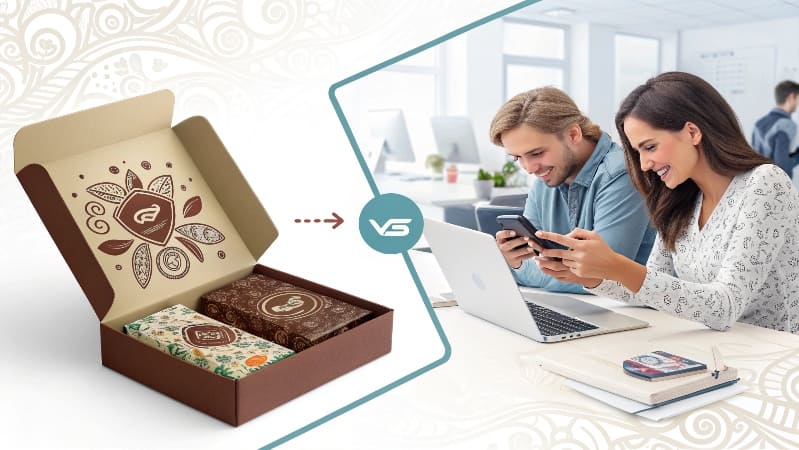
Think of your packaging as your best salesperson. It’s the first physical thing your customer touches and it sets the stage for everything inside. Investing in that first impression can have a huge payback. I’ve helped countless clients justify the cost because they see the results in customer feedback and repeat business. It turns a simple delivery into a memorable brand moment.
Higher Perceived Value
The quality of the packaging directly influences how customers value the product inside. A premium box makes the product feel more valuable, allowing you to sustain higher price points.
Free Marketing via Unboxing
A beautiful unboxing experience is content. Customers love sharing cool packaging on Instagram, TikTok, and YouTube. This user-generated content is powerful, authentic, and free marketing for your brand.
| Metric | Standard Brown Box | Custom Branded Box |
|---|---|---|
| Perceived Value | Low / Standard | High / Premium |
| Unboxing Excitement | None | High |
| Social Media Shares | Unlikely | Very Likely |
| Repeat Purchases | Less Likely | More Likely |
Conclusion
Custom packaging's cost is an investment in your brand. By understanding all the factors, from setup fees to its ROI, you can budget wisely and create an experience that pays for itself.
use for make mold for your products and produce depend the mold ↩

